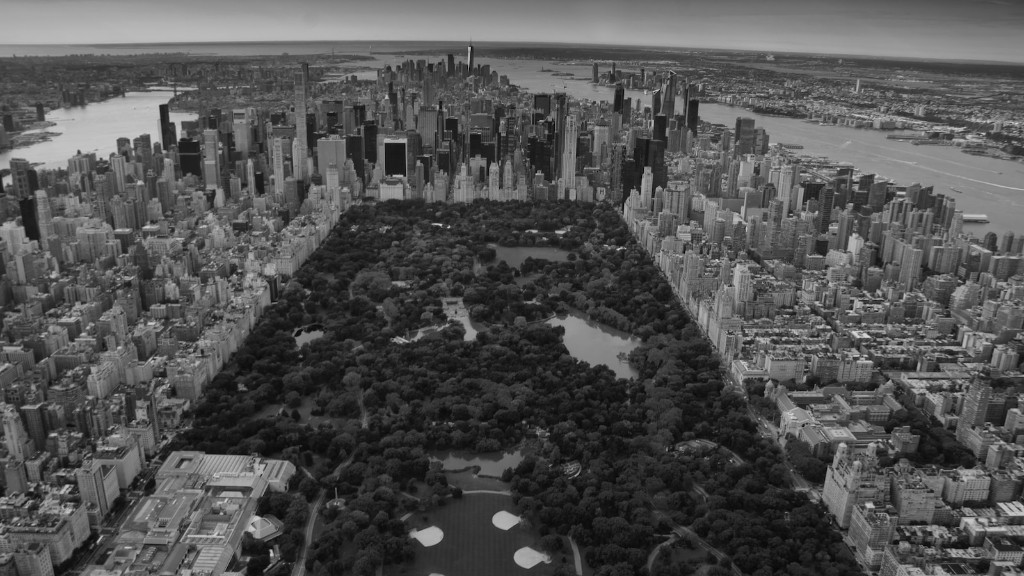The Lake in Central Park
Central Park, located in the heart of New York City, is an iconic green oasis. Spanning over 840 acres, this urban park offers a serene escape from the bustling city streets. Nestled within its beautiful landscape is a scenic lake, a prominent feature that has captivated visitors for many years.
This stunning body of water is simply known as “The Lake”. It covers an area of around 22 acres and is located in the southern part of Central Park. The lake is surrounded by lush vegetation, picturesque pathways, and breathtaking views, making it a popular spot for both locals and tourists alike.
Created between 1856 and 1858, the lake was designed as a recreational area, allowing visitors to enjoy boating and other water activities. Its construction was a part of the larger plan to transform Central Park into a multi-purpose space for leisure and relaxation.
Experts have hailed The Lake as a masterpiece of engineering and landscaping. The lake was strategically placed in a lower area of the park, allowing natural streams to feed it. This careful design ensures a constant flow of fresh water, preventing stagnation and promoting a healthy ecosystem.
In addition to its aesthetic appeal, The Lake serves important ecological functions. It provides a habitat for various species of birds and fish, adding to the park’s biodiversity. This man-made lake also serves as a source of irrigation for the surrounding vegetation, contributing to the park’s sustainability efforts.
Boating is a popular activity on The Lake, allowing visitors to admire the park’s beauty from a different perspective. Rowboats and gondola rides are available for rent, providing a tranquil and romantic experience. Whether rowing leisurely or gliding through the water on a gondola, visitors can create lasting memories on this iconic lake.
Throughout the seasons, The Lake offers different charms. In the spring and summer, vibrant blooming flowers and lush greenery surround the lake, creating a colorful and refreshing atmosphere. During the fall, the changing foliage transforms the area into an enchanting scene, captivating both the eye and the soul. Even in the winter, visitors can bundle up and witness the lake’s frozen beauty as ice skaters twirl gracefully across its surface.
The Lake’s Historical Significance
The Lake holds historical significance within the context of Central Park. It was designed by Frederick Law Olmsted and Calvert Vaux, the visionaries behind the park’s overall layout. Their intention was to create a serene and picturesque retreat, providing New Yorkers with a taste of nature in the heart of the city.
Furthermore, The Lake has served as a backdrop for countless films, adding to its cultural relevance. Scenes from movies such as “When Harry Met Sally” and “Home Alone 2: Lost in New York” were filmed at this iconic location, immortalizing it on the silver screen.
Conservation Efforts and Future Plans
To ensure the long-term preservation of The Lake and its surrounding ecosystem, Central Park undergoes regular maintenance and conservation efforts. The Central Park Conservancy, a non-profit organization dedicated to the park’s preservation, collaborates with environmentalists, landscapers, and scientists to protect this invaluable natural resource.
In recent years, the Conservancy has implemented various measures to combat pollution and ensure a healthy habitat for the flora and fauna in and around The Lake. This includes regular water assessments, maintaining the purity and cleanliness of the lake’s water, and removing any invasive plant species that may threaten the natural balance.
Furthermore, there are ongoing plans to enhance the park’s visitor experience around The Lake. This includes improving walking paths, installing additional seating areas, and showcasing local art pieces that celebrate the beauty of the lake.
Conclusion
The Lake in Central Park is not just a body of water; it is a symbol of tranquility, beauty, and human appreciation for nature in the midst of a bustling metropolis. Its strategic design, historical significance, and ongoing conservation efforts make it a cherished gem within the heart of New York City.



